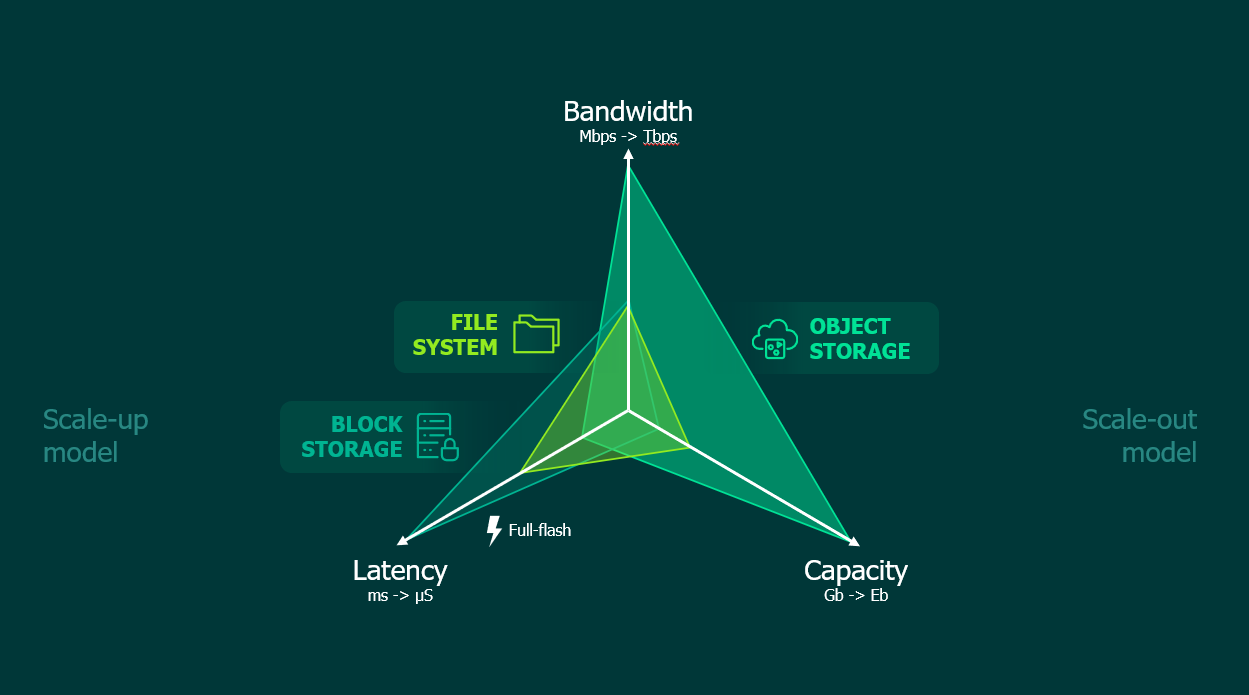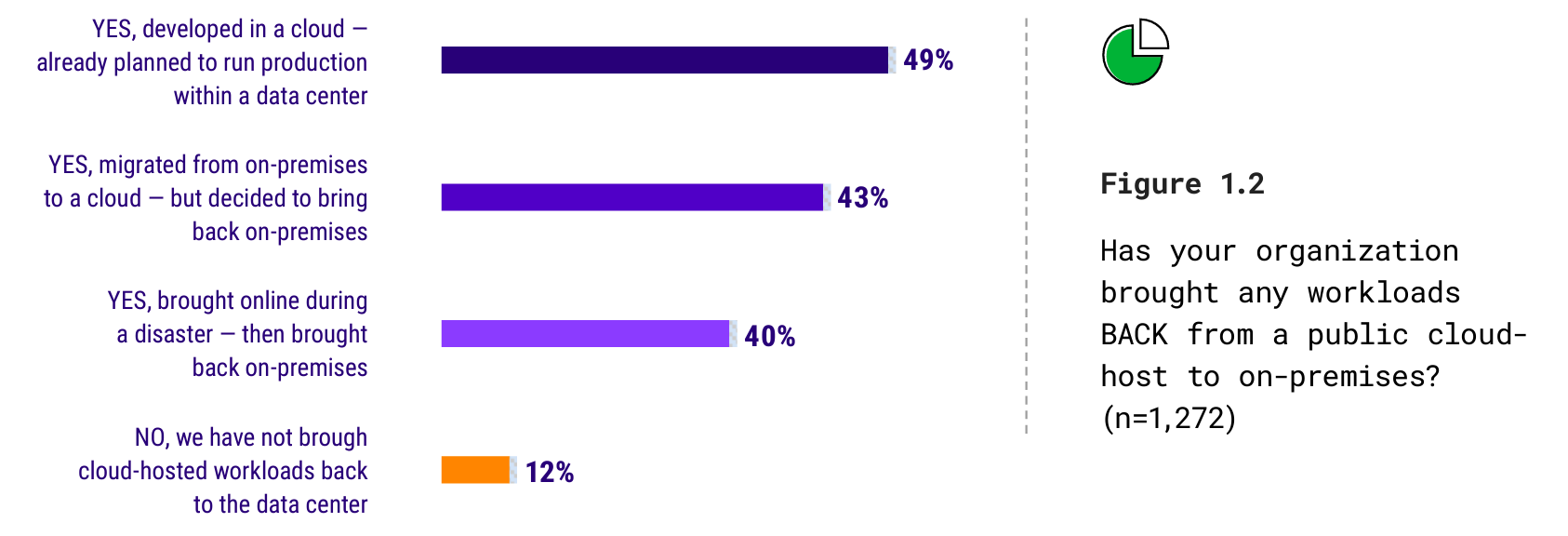2023 is fast-approaching, as is the release of Veeam Platform v12. Now is a great time to take a closer look at your backup strategies from all directions: To the cloud, of the cloud and even from the cloud. From consistent cloud bill shock, to the overwhelming tyranny of choice in cloud platforms and services, to the ever-looming threat of a cyber-attack, there’s a litany of reasons organizations should consider taking time to evaluate and optimize.
Examining hybrid cloud backup from every angle
‘The Hybrid Cloud’ carries a sort of monolithic connotation, generating eye rolls and “it’s just someone else’s computer” reactions. At Veeam, we like to break our cloud story down by directions, platforms, needs and capabilities, thus reducing the mystery.
Backup to the cloud
Veeam sees some key business drivers for why organizations leverage the cloud for backup and archival storage instead of tape or other storage options.
- Transparent data retention: Gain visibility into retention times and recoverability
- Resiliency: Be confident that your data is secure and recoverable in the face of a cyber-attack or disaster
- Cost savings: Tier backups to ultra-low cost, cloud object storage
As organizations evaluate their retention goals, recovery time objectives (RTOs), security needs and more, the diagram below can help you see if an object storage backup target is the right fit for your backups.
In our latest webinar, Rick Vanover (Senior Director, Product Strategy) shared some considerations across latency, capacity and bandwidth – a great rubric to evaluate the pros and cons of object storage.
Veeam’s Scale-out Backup Repository offers users a skillful, well-designed mechanism to confidently tier backups to object storage and leverage the immutable storage options that too-often provide the last line of defense against a ransomware attack. Download the latest version now, and get ready for the next wave of enhancements coming to our object storage support in V12!
Backup of the cloud
As workloads move to the cloud, the sphere of control for backing up and protecting data becomes thinner and leaves too many opportunities for one accidental deletion to cause chaos. Veeam continues to push further into the cloud with solutions like Veeam Backup for AWS, Veeam Backup for Microsoft Azure and Veeam Backup for Google Cloud – all of which have new versions coming in V12.
For those who haven’t tried these solutions yet, they’ll find that they have much of the same look and feel as Veeam Backup & Replication, which shows a continued commitment to having a consistent experience for our end users.
In many ways, the story of these solutions is a return to the basics of backup. In our upcoming webinar, Rick Vanover discusses some of the steps users should plan for and consider when implementing a resilient backup strategy within the cloud.
- Backup isolation: Setting up a dedicated cloud account for backups, storing backups in another region and even considering an exfiltration strategy are all great best practices for backing up cloud-hosted data. These concepts are inherent to on-premises backup strategies (i.e., logical separation), but must be intentional steps in the cloud.
- Least-privileged access: Identity and Access Management (IAM) are critical concepts of the cloud, and backup should be no exception. 2023 planning is a great time to audit access rights and implement Role-based Access Controls (RBAC).
- Encryption: Veeam’s cloud-native solutions integrate with many of the key management services cloud users know and trust.
So, if you haven’t tried Veeam’s cloud-native solutions, now’s a great time to deploy from your cloud-of-choice’s marketplace and get started. Get started guides, design schemas (like the one below) and more are available in Veeam’s Technical Documentation Center.
Veeam’s commitment to cloud mobility
In our recently released Cloud Protection Trends Report for 2023, one of the most buzzed-about stats among the Veeam Team centered on organizations’ experience with bringing a workload back from the cloud to on-premises. While “disaster recovery (DR)” and ”dev/test to production” were somewhat expected responses, the preponderance of workloads that were expected to run in the cloud, but ultimately were brought back to on-premises storage was staggeringly high.
So, while Veeam continues to build advanced techniques to backup, secure and ultimately save storage costs in the cloud and rapidly release enhancements for the biggest hyperscale clouds in the industry, we also continue to remain committed to the promise of portability: Portability of data, licensing, storage support and more.
Preparing for V12
The Veeam Community is the #1 spot for the latest and greatest information from Veeam. Many users in our V12 beta program have already started to post about their experiences. Join the 14k+ online users, get notified about community events (including those supported in other languages) and more!



